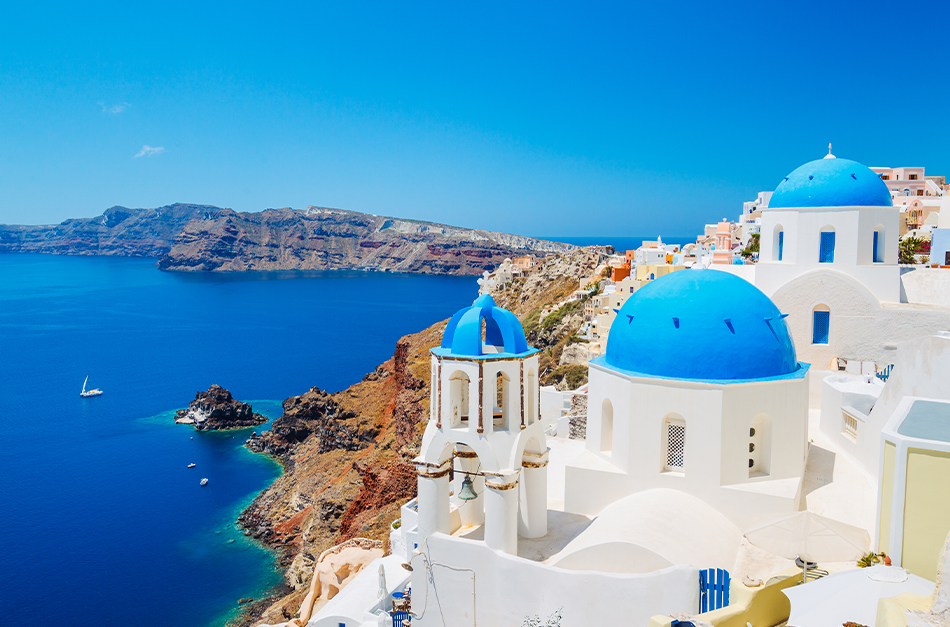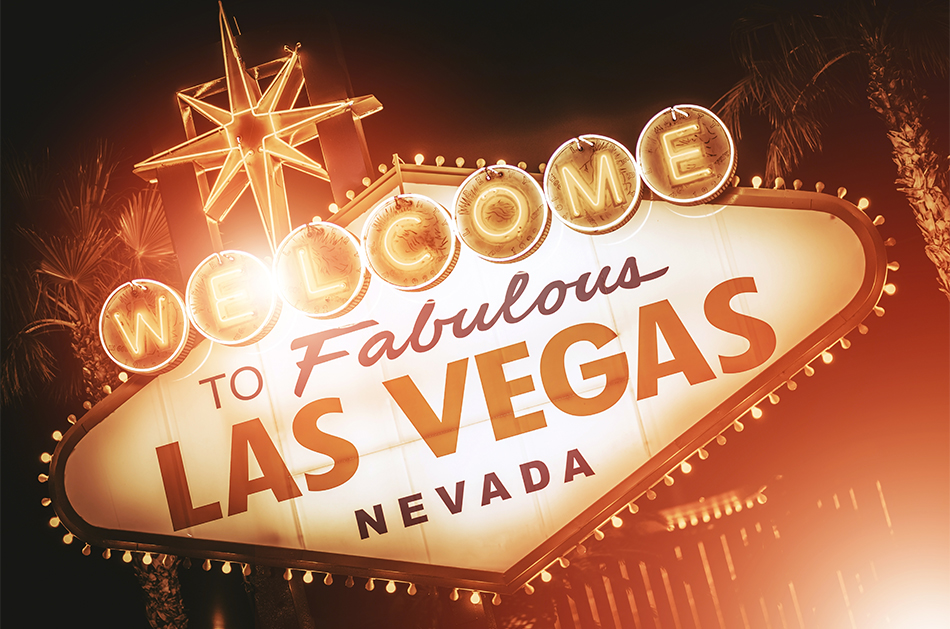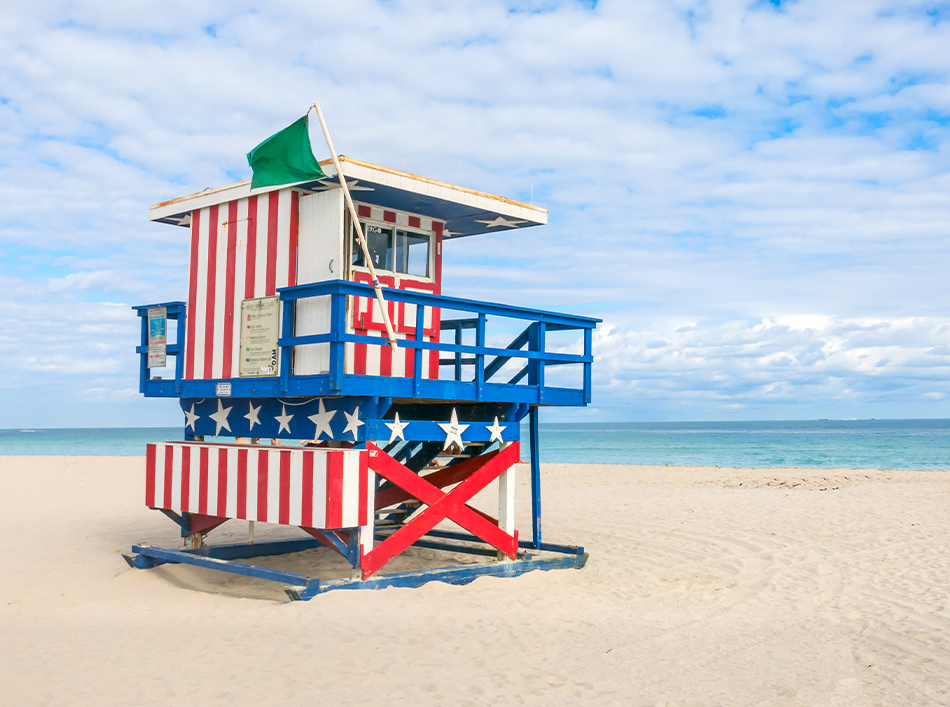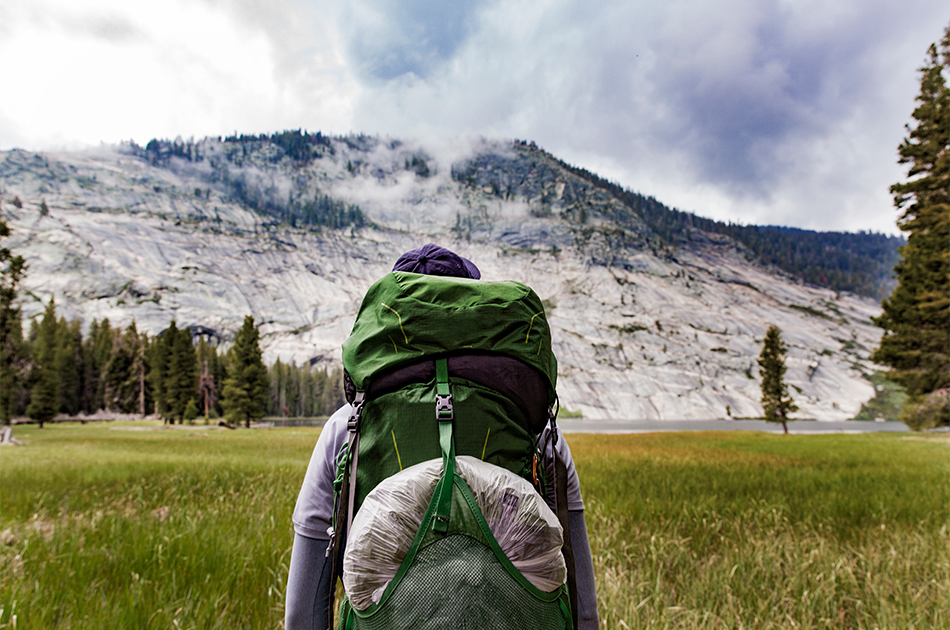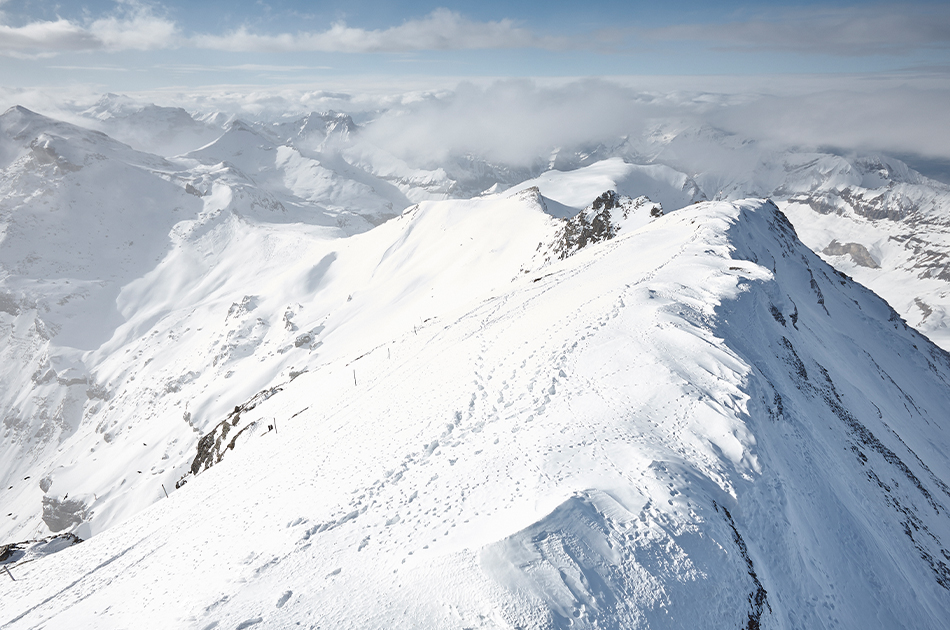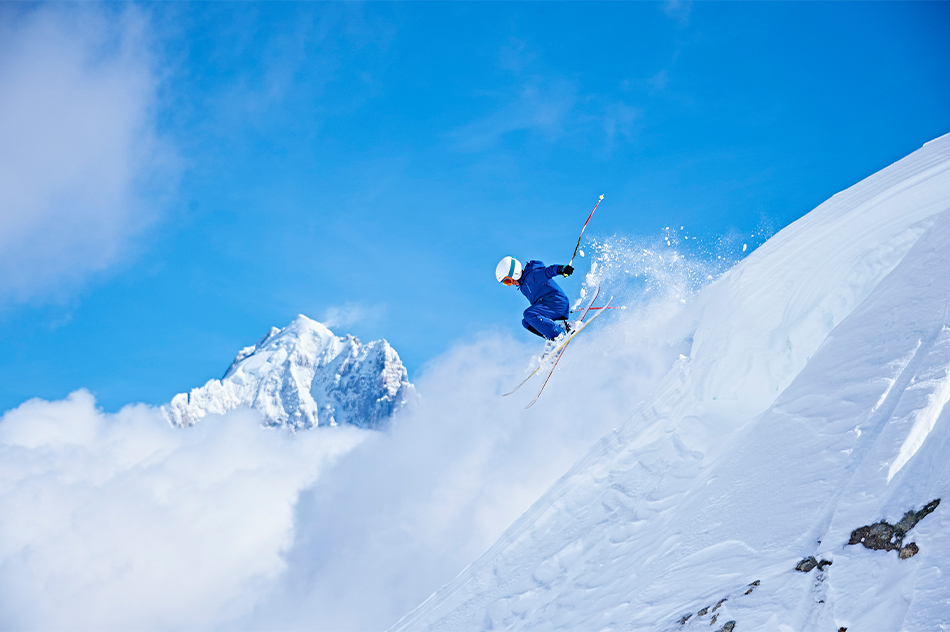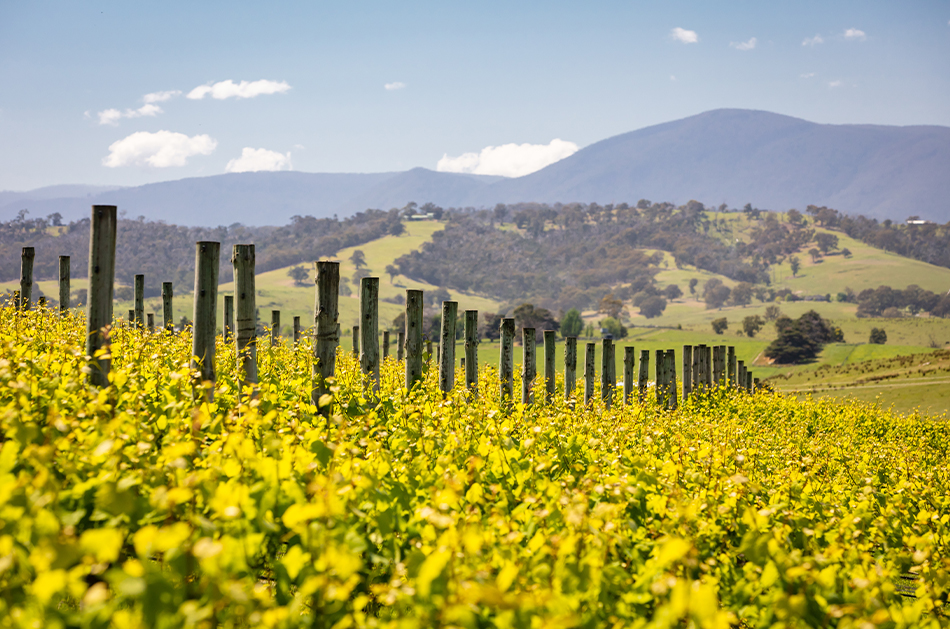
10 Best Places to Visit in Switzerland
Switzerland's picturesque alps are a storybook place to visit, known for its mountains, clocks, chocolate, cheese, and political neutrality.
The country has some distinguishing characteristics, such as the fact that it has three national languages. Depending on where you go in Switzerland, you'll hear French, Italian, or German. Despite the fact that there is no Swiss language, a dialect of German known as Swiss German is frequently spoken by those living near the German border.
Here are some of the top tourist attractions in Switzerland for visitors planning a trip to the country.
1. Matterhorn
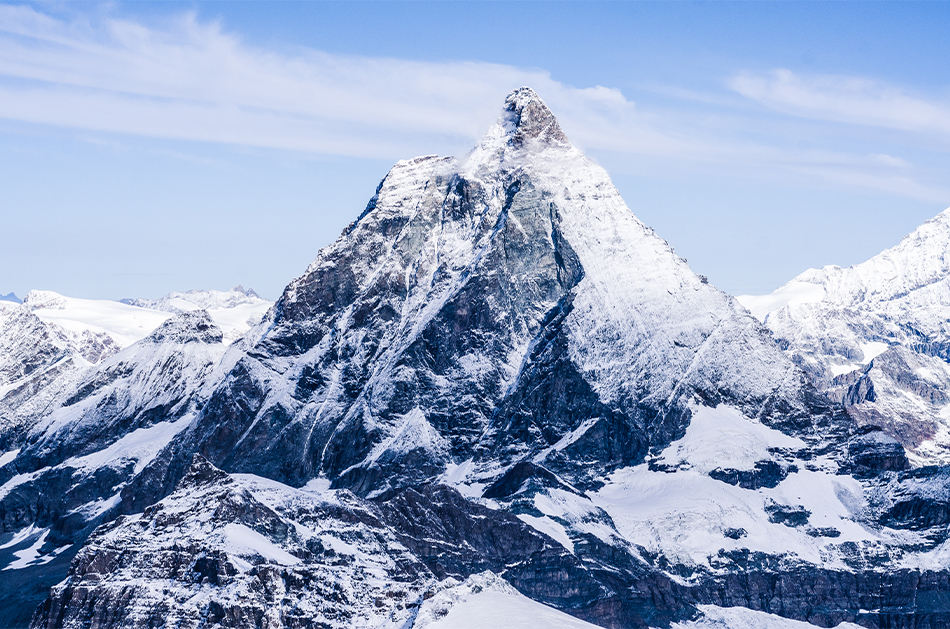 The Matterhorn is a well-known symbol of the Swiss Alps. The mountain's name is derived from the German words Matte, which means meadow, and Horn, which means peak. It is one of the highest peaks in the Alps, standing at 4,478 meters (14,692 feet) and straddling the border between Switzerland and Italy. It is also one of the most dangerous Alps peaks. Between the time it was first climbed in 1865 and 1995, 500 alpinists died on it. The faces of the Matterhorn are steep, and only small patches of snow and ice cling to them, while regular avalanches send snow down to accumulate on the glaciers at the base of each face.
The Matterhorn is a well-known symbol of the Swiss Alps. The mountain's name is derived from the German words Matte, which means meadow, and Horn, which means peak. It is one of the highest peaks in the Alps, standing at 4,478 meters (14,692 feet) and straddling the border between Switzerland and Italy. It is also one of the most dangerous Alps peaks. Between the time it was first climbed in 1865 and 1995, 500 alpinists died on it. The faces of the Matterhorn are steep, and only small patches of snow and ice cling to them, while regular avalanches send snow down to accumulate on the glaciers at the base of each face.
2. Chateau de Chillon
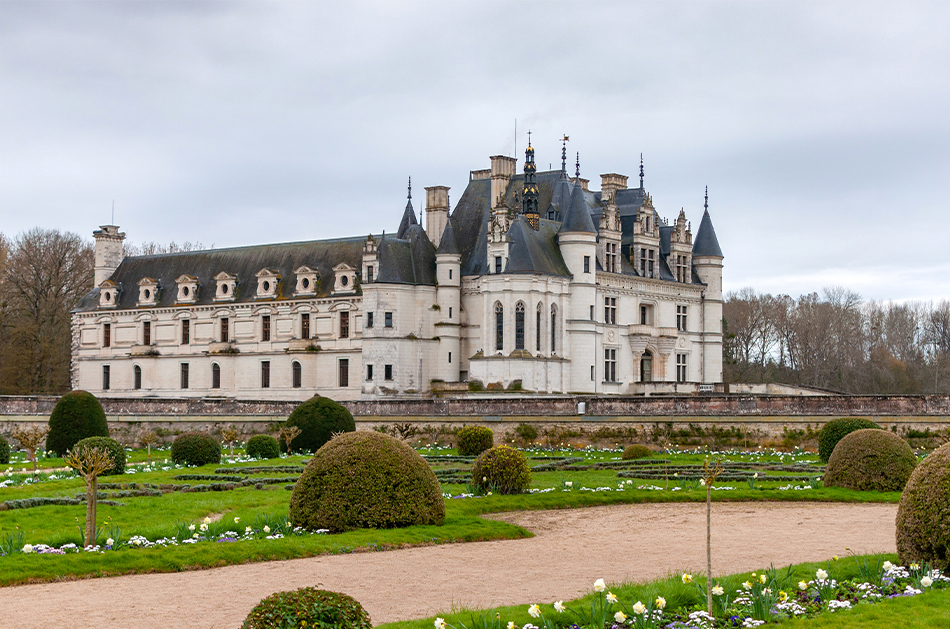 The Château de Chillon (Château de Chillon) is located on the shores of Lake Geneva. The water castle was the main fortress that monitored water freight on the lake and guarded the land route to St Bernhard Pass for over four centuries. The castle has 14th-century art, subterranean vaults, 25 separate buildings, three courtyards, and two circular walls. Every year, hundreds of thousands of visitors tour the castle. The castle can be privately rented for personal events for those who want to have the ultimate big fairy tale wedding.
The Château de Chillon (Château de Chillon) is located on the shores of Lake Geneva. The water castle was the main fortress that monitored water freight on the lake and guarded the land route to St Bernhard Pass for over four centuries. The castle has 14th-century art, subterranean vaults, 25 separate buildings, three courtyards, and two circular walls. Every year, hundreds of thousands of visitors tour the castle. The castle can be privately rented for personal events for those who want to have the ultimate big fairy tale wedding.
3. Jungfraujoch
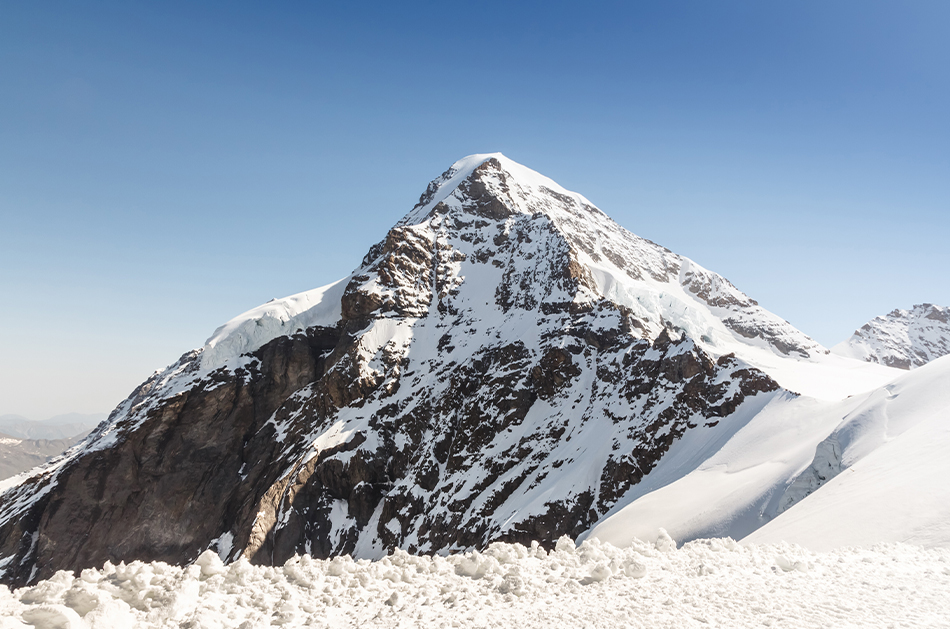 The Jungfraujoch is a railway-accessible col in the Bernese Alps that leads to Europe's highest mountain station. Views of spectacular mountain summits such as the Eiger, Monch, and Jungfrau, as well as views of the large Eiger Glacier that nestles beneath them, are highlights. The Sphinx observatory, one of the world's highest astronomical sighting stations, is also located here. The views are endless and pristine, but the amenities are limited. There are no overnight accommodations and only a few restaurants. The train ride to visit for a day and the experience, on the other hand, are unforgettable.
The Jungfraujoch is a railway-accessible col in the Bernese Alps that leads to Europe's highest mountain station. Views of spectacular mountain summits such as the Eiger, Monch, and Jungfrau, as well as views of the large Eiger Glacier that nestles beneath them, are highlights. The Sphinx observatory, one of the world's highest astronomical sighting stations, is also located here. The views are endless and pristine, but the amenities are limited. There are no overnight accommodations and only a few restaurants. The train ride to visit for a day and the experience, on the other hand, are unforgettable.
4. Chapel Bridge
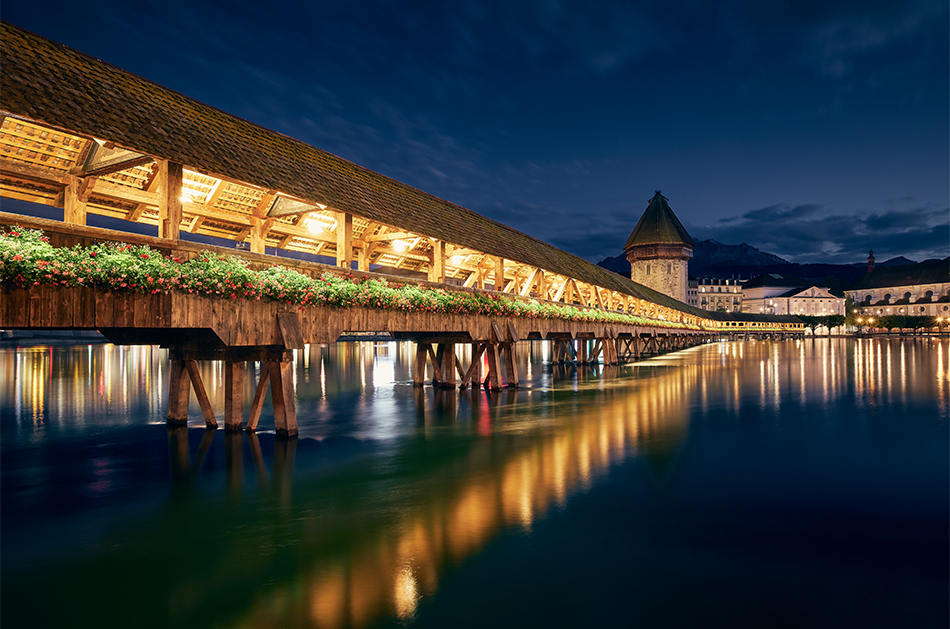 The Chapel Bridge is a 204-meter (670-foot) long bridge that spans the Reuss River in Lucerne. It is Europe's oldest wooden covered bridge and one of Switzerland's most popular tourist attractions. The covered bridge was built in 1333 to help protect the city of Lucerne from attacks. Inside the bridge, a series of 17th-century paintings depicting events from Luzerne's history can be found. A 1993 fire destroyed much of the bridge, including the majority of these paintings, but it was quickly rebuilt.
The Chapel Bridge is a 204-meter (670-foot) long bridge that spans the Reuss River in Lucerne. It is Europe's oldest wooden covered bridge and one of Switzerland's most popular tourist attractions. The covered bridge was built in 1333 to help protect the city of Lucerne from attacks. Inside the bridge, a series of 17th-century paintings depicting events from Luzerne's history can be found. A 1993 fire destroyed much of the bridge, including the majority of these paintings, but it was quickly rebuilt.
5. Bernina Express
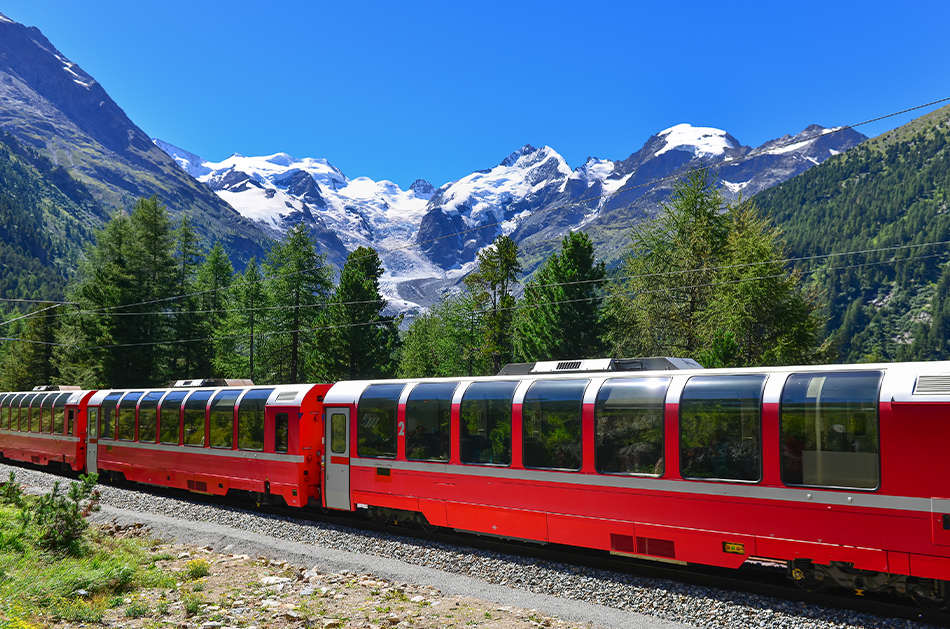 The Bernina Express is a brightly colored scarlet train that crosses the Alps beginning in the town of Chur and ends in Tirano, just across the border in northern Italy. Arguable the most scenic Swiss train ride, the route takes about 4hours, and goes over 196 bridges and through 55 tunnels. Views of glaciers and mountain peaks and towns, bridges spanning across 60 meter (200 foot) drops and many more breathtaking sights are speeding by outside of the train, while porters bring snacks and drinks directly to your seat. This is not a trip to miss.
The Bernina Express is a brightly colored scarlet train that crosses the Alps beginning in the town of Chur and ends in Tirano, just across the border in northern Italy. Arguable the most scenic Swiss train ride, the route takes about 4hours, and goes over 196 bridges and through 55 tunnels. Views of glaciers and mountain peaks and towns, bridges spanning across 60 meter (200 foot) drops and many more breathtaking sights are speeding by outside of the train, while porters bring snacks and drinks directly to your seat. This is not a trip to miss.
6. Zytglogge
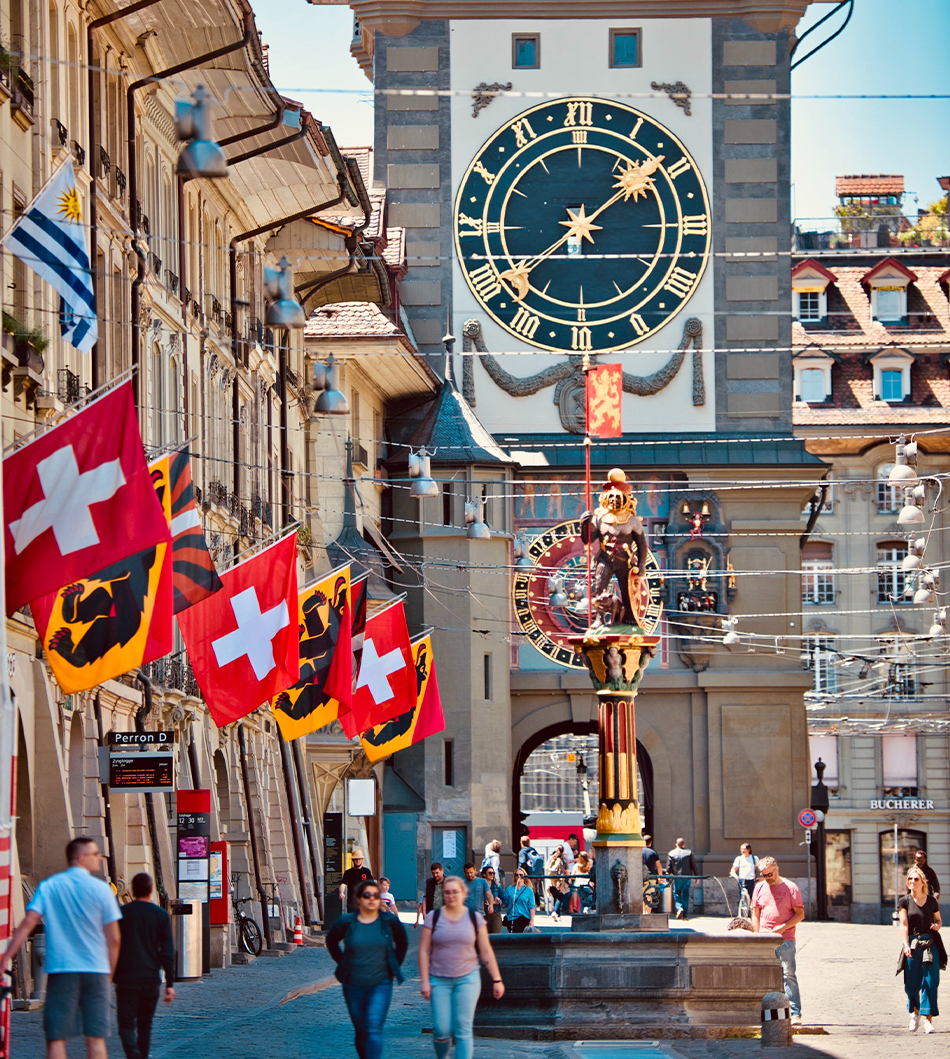 Bern's clock tower gate is the city's oldest gate and a fascinating historical site. The gate was built in the 1100s, and the clock that adorns the tower is one of the most spectacular and oldest clocks in the world. This clock, which was built in 1530, served as the city's master clock for centuries. Both amateur and professional photographers will enjoy photographing in the Baroque style with gold accents. An astronomical clock, figurines, hour chimes, and two tower clocks are all powered by a single central mechanism. This is one of the items that has established Switzerland as one of the world's premier clockmaking regions.
Bern's clock tower gate is the city's oldest gate and a fascinating historical site. The gate was built in the 1100s, and the clock that adorns the tower is one of the most spectacular and oldest clocks in the world. This clock, which was built in 1530, served as the city's master clock for centuries. Both amateur and professional photographers will enjoy photographing in the Baroque style with gold accents. An astronomical clock, figurines, hour chimes, and two tower clocks are all powered by a single central mechanism. This is one of the items that has established Switzerland as one of the world's premier clockmaking regions.
7. Rhine Falls(Rheinfall)
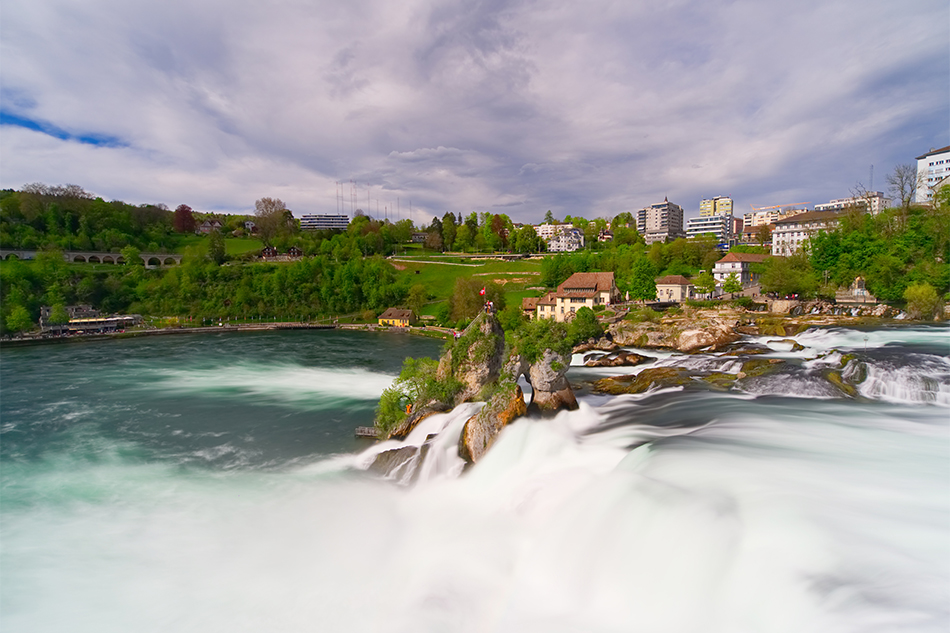 The Rhine Falls, located near Schaffausen, is Europe's largest waterfall. This amazing sight can be reached via a boat tour, which also includes a lovely basin, riverside castles, and a spectacular boulder perched in the middle of the river at the top of the falls. There are viewing platforms that extend out over the falls, giving visitors the impression that they are hovering directly above them. The visitor's center is a great way to end the trip, with a children's playground, historical museum region, and adventure trail.
The Rhine Falls, located near Schaffausen, is Europe's largest waterfall. This amazing sight can be reached via a boat tour, which also includes a lovely basin, riverside castles, and a spectacular boulder perched in the middle of the river at the top of the falls. There are viewing platforms that extend out over the falls, giving visitors the impression that they are hovering directly above them. The visitor's center is a great way to end the trip, with a children's playground, historical museum region, and adventure trail.
8. Grindelwald
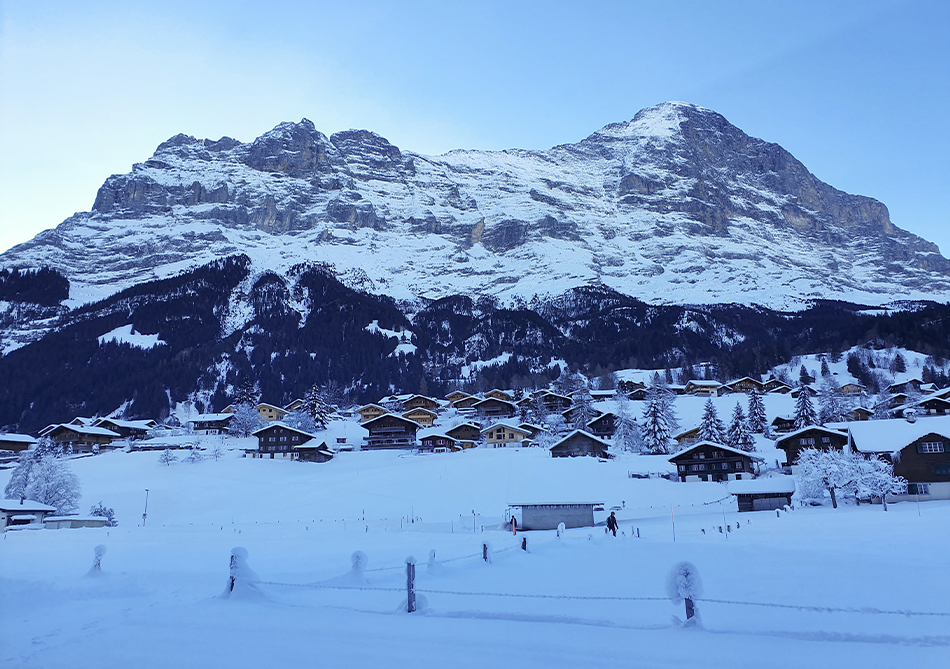 Grindelwald is the most populous ski resort town in the Jungfrau region. This lovely alpine town serves as a summer and winter activity destination. Summer visitors can enjoy spectacular hiking trails as well as some of Europe's most popular rock climbing locations. Winter visitors can go skiing or tobogganing on the local toboggan run. With a number of nearby mountain peaks and passes, this is an excellent choice for photographers and nature lovers alike. Ice sculptures at the festival will appeal to festivalgoers.
Grindelwald is the most populous ski resort town in the Jungfrau region. This lovely alpine town serves as a summer and winter activity destination. Summer visitors can enjoy spectacular hiking trails as well as some of Europe's most popular rock climbing locations. Winter visitors can go skiing or tobogganing on the local toboggan run. With a number of nearby mountain peaks and passes, this is an excellent choice for photographers and nature lovers alike. Ice sculptures at the festival will appeal to festivalgoers.
9. Jet d'Eau(The Geneva Water Fountain)
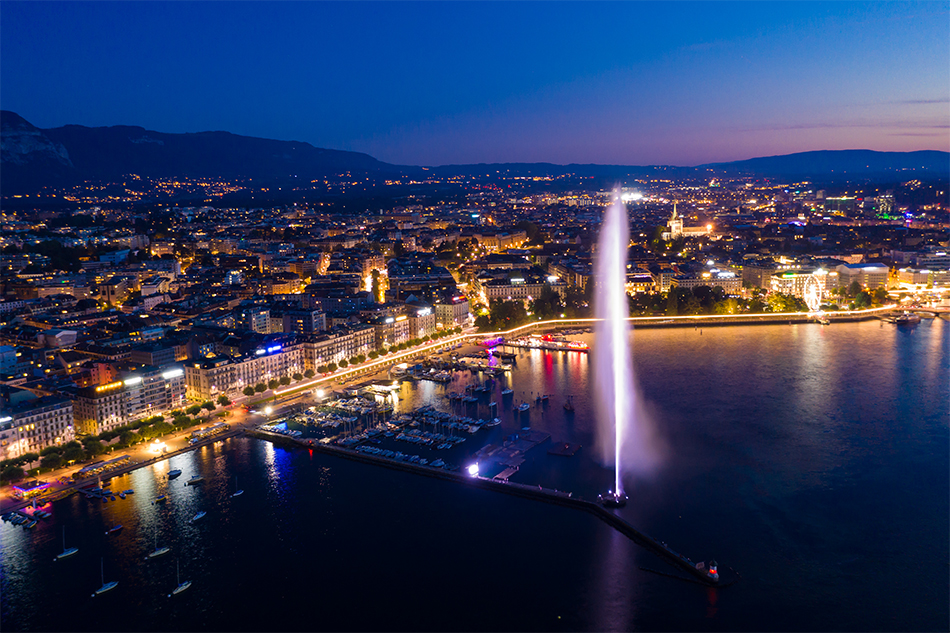 This massive water fountain is one of Geneva's most recognizable landmarks. The Jet d'Eau, which shoots 140 meters (460 feet) into the air, sits where Lake Geneva empties into the Rhone river and is so large that it can be seen from miles away. At any given time, 7 tons of water are in the air, with much of it spraying spectators on the pier below. It is illuminated pink, blue, or another color twice or three times a year to commemorate a humanitarian event. One of the best places to see the fountain is at the local swimming pool, known as the Bains de Paquis.
This massive water fountain is one of Geneva's most recognizable landmarks. The Jet d'Eau, which shoots 140 meters (460 feet) into the air, sits where Lake Geneva empties into the Rhone river and is so large that it can be seen from miles away. At any given time, 7 tons of water are in the air, with much of it spraying spectators on the pier below. It is illuminated pink, blue, or another color twice or three times a year to commemorate a humanitarian event. One of the best places to see the fountain is at the local swimming pool, known as the Bains de Paquis.
10. Mount Pilatus
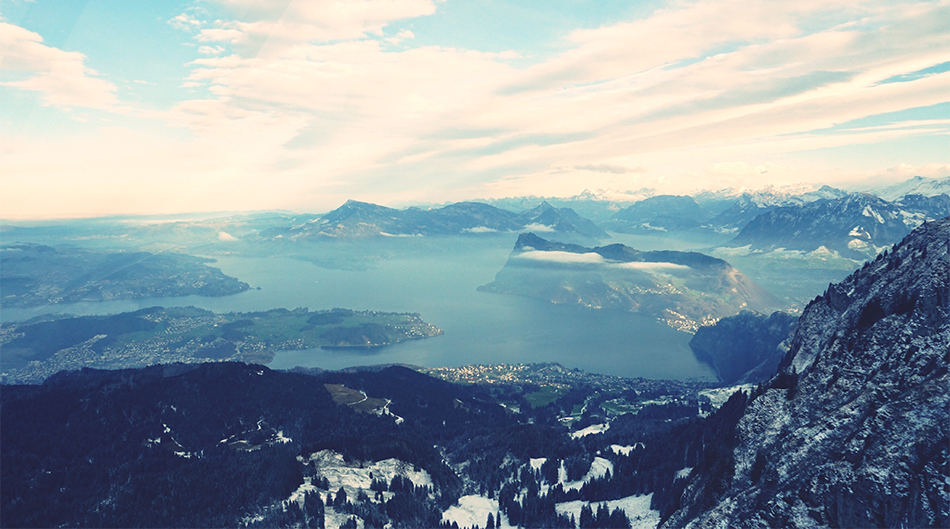 Mount Pilatus, located in the Lake Lucerne region, is steeped in legend. The mountain got its name from a rumor that the famous biblical Roman governor Pontius Pilate was buried there. The mountain was thought to have formed as a dragon rock falling from the sky by medieval Europeans. The peak's 2,100-meter (7000-foot) elevation provides views of the Swiss and French Alps, as well as Lake Lucerne below. In the winter, there is a high-altitude Christmas market, and in the summer, there are numerous hiking opportunities. This region is accessible via the world's steepest railway, with grades of more than 48%.
Mount Pilatus, located in the Lake Lucerne region, is steeped in legend. The mountain got its name from a rumor that the famous biblical Roman governor Pontius Pilate was buried there. The mountain was thought to have formed as a dragon rock falling from the sky by medieval Europeans. The peak's 2,100-meter (7000-foot) elevation provides views of the Swiss and French Alps, as well as Lake Lucerne below. In the winter, there is a high-altitude Christmas market, and in the summer, there are numerous hiking opportunities. This region is accessible via the world's steepest railway, with grades of more than 48%.

